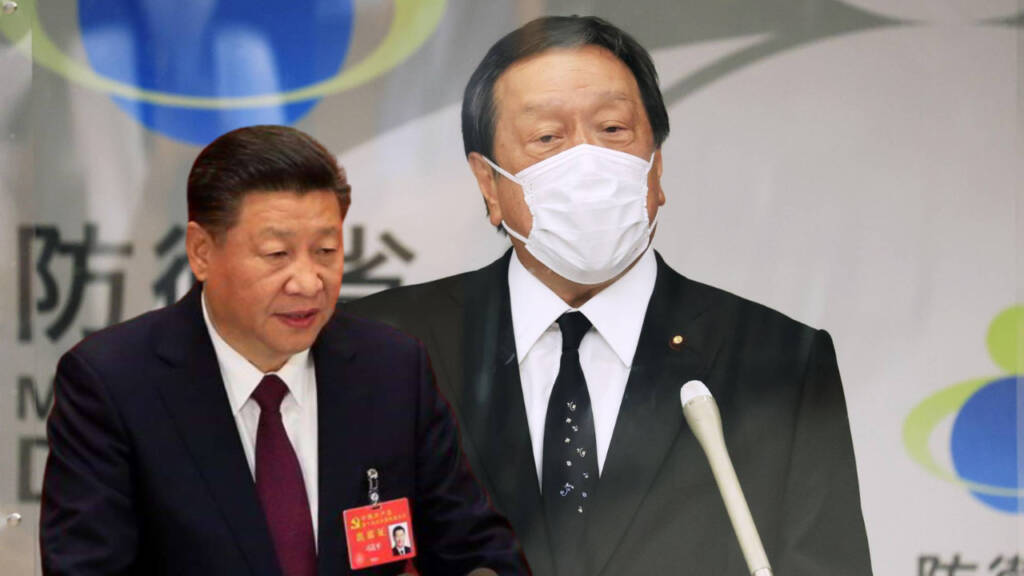Japan has long faced constant threats from China. China’s increasing prowess and military power has bolstered it to claim territories in faraway lands and waters.
Japan which had opted for ‘pacifism’ post-war has now strengthened its defence and vowed to do more on it lately. Not just itself, Japan has also promised to arm anti-China nations that face territorial aggression from Beijing.
Japan bolsters its defences
In 2014, Shinzo Abe brought the concept of “collective defence”. Streets in Japan were concerned about a significant shift in Tokyo’s position since the Second World War. People were taken aback by the abrupt shift from a Japan that had been following the path of pacifism entrenched in its constitution under Article 9.
However, people have come to realise that the change was necessary. The re-emergence of Japan as an independent voice in the last decade has made it an important geopolitics player.
Even after Shinzo Abe’s demise, Japan has followed the same policy. This year, in order to increase its defence capabilities in the face of rising geopolitical concerns, Japan is scheduled to spend more than 6 trillion yen ($43 billion), or more than 1% of its GDP, in fiscal 2023. Recently, according to local media sources, the Japanese military has developed a plan to employ kamikaze drones to attack enemy landing forces and warships should there be an invasion of the country’s remote territories, such as the Nansei Islands.
Also Read: Shinzo Abe destroys Kishida’s pro-China campaign within two weeks of his demise
Senkaku Islands which are part of Nansei Shoto Islands is claimed by China as its own. The move was aimed at China. According to the Jiji news agency in Japan, the military plans to use “several hundreds” of these kamikaze drones by 2025 to bolster the defences of the disputed islands and other outlying areas.
Militarize anti-China nations
Japan has now started to think about easing export restrictions on used Self-Defense Forces equipment, including tanks and missiles, which are currently not allowed to be supplied to other nations.
In order to strengthen defence cooperation while China increases its military might, it will also investigate the possibility of giving Asian nations such weaponry for free.
The nation’s National Security Strategy document, which establishes fundamental policy and is scheduled for revision at the end of the year, would include the relaxation of weapons transfer to countries. By the end of 2023, it is intended to update the country’s three export-related laws.
India, Vietnam, and the Philippines are among the six Asian nations with which Japan has hardware and technology transfer agreements. Exports of equipment and grants to these nations are anticipated. Used tanks and missiles might be included in the list of objects that can be transported if Tokyo modifies the list.
Also Read: Japan will ‘Kamikaze’ the hell out of China if its islands are attacked
In its April security plan proposal, the government’s Liberal Democratic Party advocated for reducing the requirements for equipment transfers. It has also vowed to increase its defence budget even more. Japan will also increase its defence budget by two times to around £86 billion which is 2% of its GDP. Kishida has also vowed to throw away Japan’s pacifistic constitution and will push ahead with plans to amend the Constitution, saying, “We will deepen parliamentary debate over the Constitution further so a concrete amendment proposal can be compiled.”
Japan sees a threat in China’s expanding military power; therefore, it is working to improve military and security ties with its neighbours. Giving away used SDF equipment would aid in cooperation and training. All in all, Japan won’t budge to China’s imperialist claims and won’t let other nations to bow down to Beijing.
